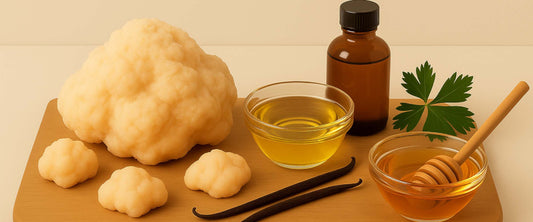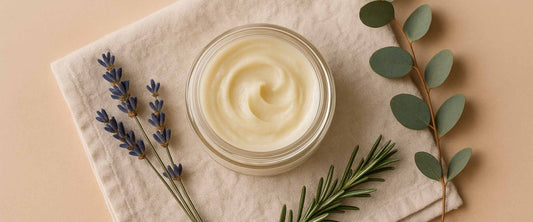7. Using Olive Oil-Based Skincare: Tips for Dry, Sensitive, and Aging Skin
You don’t need a complicated routine—just ingredients your skin actually understands.
Olive oil is one of those rare ingredients that works for different skin needs if you use it the right way. Whether your skin is dry, reactive, or showing signs of aging, here’s how to make the most of olive oil-based skincare.
For Dry Skin:
Apply your balm to slightly damp skin—right after cleansing or misting with water. This traps hydration and lets the olive oil sink deeper into the skin’s layers. Don’t over-apply. A thin, even layer is enough to relieve flaking and tightness. At night, use a little extra for long-lasting moisture that works while you sleep.
For Sensitive Skin:
Olive oil is naturally soothing thanks to its high content of oleic acid, vitamin E, and polyphenols. These help calm inflammation and reduce redness. If your skin overreacts to most creams, using a minimalist balm with olive oil and a few clean, non-irritating ingredients (like ours) can help bring it back into balance. Keep your routine simple—cleanse gently, pat dry, apply balm. That’s it.
For Aging Skin:
Olive oil is loaded with antioxidants that fight the oxidative stress behind fine lines, loss of elasticity, and dullness. Consistent use helps support collagen integrity, smooth out texture, and soften the look of wrinkles. Focus on areas where the skin is thinnest—under eyes, around the mouth, neck. Olive oil won’t reverse time, but it gives your skin the nourishment it needs to age with strength and grace.
Bonus tip: If you use serums or actives (like vitamin C), apply those first—then seal it in with your olive oil balm. It locks in moisture and protects your skin barrier while everything underneath does its job.
Olive oil doesn’t need to be fancy.
It just needs to be pure, well-sourced, and used with intention. When it is? It’s one of the most powerful tools your skin can have.





